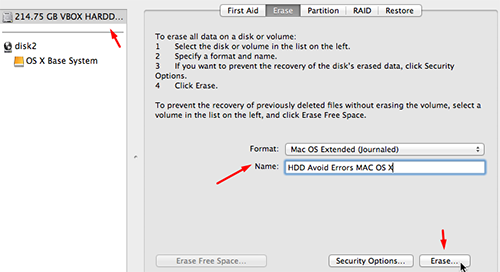

- #MAC OS DISK UTILITY STAYS LOADING MAC OS X#
- #MAC OS DISK UTILITY STAYS LOADING UPDATE#
- #MAC OS DISK UTILITY STAYS LOADING FREE#
Support PCstepsĭo you want to support PCsteps, so we can post high quality articles throughout the week? If anything on the guide didn't work as described, and you weren't able to use Disk Utility to manage your Mac's disks and partitions, leave us a comment.
#MAC OS DISK UTILITY STAYS LOADING FREE#
Feel free to decline.ĭid you have any problems with Disk Utility?
#MAC OS DISK UTILITY STAYS LOADING MAC OS X#
We can cancel anytime, and it will be like we never run Disk Utility.ĭisk Utility applies most of the changes in real time, without the need to reboot or boot on an external environment.Īfter creating a new partition and if we haven't set up Time Machine yet, the system will ask us if we want to use the new partition for our Mac OS X backups. Until we click on "Apply", nothing will change on the hard drive. We will need an alternative app to format a partition as NTFS. Or, since you’re running macOS Sierra, you can just click on the Siri icon and say Launch Disk Utility. Next, there’s a keyboard shortcut to get to the Utilities folder Command + Shift + U from the Finder.
#MAC OS DISK UTILITY STAYS LOADING UPDATE#
Windows 7, 8.1, and 10 will recognize ExFAT but it won't work on Windows XP without Windows update KB955704, or on Windows Vista without SP2.ĭisk Utility doesn't have an NTFS option. First, one can go to Finder > Go > Utilities, then double-click on the Disk Utility icon. However, FAT has a file size limit of 4GB - 1 byte per file it can't handle larger files.ĮxFAT is the latest version of FAT, which has a theoretical file size limit of 16 Exbibytes = 2 60 bytes. Any PC, operating system, and other devices (Smart TV, car stereo, etc.) can access FAT partitions. MS-DOS (FAT) is the most compatible option. Make sure not to forget the password, because it will be next to impossible to recover the data. The encrypted options will encrypt and password-protect the contents of the partition. This is the default setting for the most popular Linux file systems. The Case-sensitive option will differentiate between files or directories with the same name written with different case letters, such as "file" and "File".

This way, in the case of a system crash or power failure, the changes won't be lost. Or, since you’re running macOS Sierra, you can just click on the Siri icon and say Launch. First, one can go to Finder > Go > Utilities, then double-click on the Disk Utility icon. The default is OS X Extended (Journaled).Ī journaling file system will keep track of file and directory changes that aren't yet committed to the primary file system, by recording them in a data structure called "journal". Disk Utility can be launched several different ways. There are a few different file systems to format the new partition. Using the slider on the partition pie, we can shrink or enlarge the new partition. With the drive selected, we click the Partition button to change the disk's partitions.Ĭlicking on the "+" will halve the capacity of the currently selected partition and create a new partition of equal size. Resize a partition and create new partitions


 0 kommentar(er)
0 kommentar(er)
